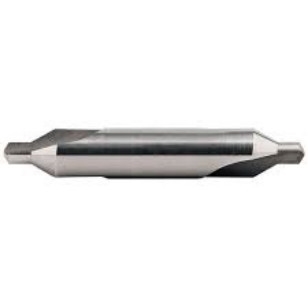

Quick-Change Countersink Drill Bit and Driver A stand-alone countersink bit can usually be used on both wood and metal, making it more versatile if you work with both on a regular basis. This method takes a little more time, but can create cleaner holes. The second bit makes the cone-shaped hole in the surface of the wood that will allow the head of the screw to sit below the surface. The first one predrills a hole for the screw. The second method is to use two different drill bits. To countersink that same screw means you are going to drive it below the surface. When you drive a screw into any material, you typically stop when the screw head hits the surface.

If you're just beginning woodworking, that phrase may not ring a bell, but it’s pretty simple.

You may have noticed that some of my free woodworking plans call for countersinking screws. What Does it Mean to Countersink a Screw? Please visit my disclosures page for more information. Purchases made through these links may earn me a small commission at no additional cost to you. This post contains affiliate links for your convenience. Hide Countersunk Screws with Wood Plugs.Hide Countersunk Screws with Wood Filler.Drill the Countersink Hole at the Marked Spot.Choose the Correct Countersink Bit Size.Quick-Change Countersink Drill Bit and Driver.What Does it Mean to Countersink a Screw?.


 0 kommentar(er)
0 kommentar(er)
